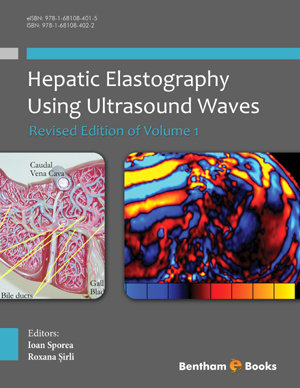Abstract
Biological tests, elastographic methods alone or in combination can be used for the non-invasive evaluation of chronic liver diseases, in order to increase their value.
Combinations of non-invasive tests were searched for in order to improve the diagnostic performance of significant fibrosis (F≥2) and severe fibrosis/cirrhosis (F3–F4) the most promising being TE and serologic tests. In chronic hepatitis C a clinical management algorithm was proposed, using the combination of TE (FibroScan®) and FibroTest as the first-line tests in the work-up strategy, thus avoiding liver biopsy in most patients (77%). In HBV inactive carriers, the combination of TE and FibroTest allowed the exclusion of significant fibrosis (F≥2) in nearly 80% of cases.
Another useful combination is of two elastographic methods [TE and VTQ (ARFI)], which proved to be highly specific for predicting significant fibrosis (F≥2 Metavir). When both TE and VTQ (ARFI) values were higher than the proposed cut-offs, their combination had 93.3% Sp and 96.8% PPV for predicting F≥2, so that liver biopsy could be avoided in 60.5% of cases. For predicting cirrhosis (F4), the results were also very good, with 94.4% Sp, 94.4% NPV and 91.8% accuracy, so that the combination of TE and VTQ was able to confirm, and also to exclude the presence of liver cirrhosis.
Keywords: Combination methods, Elastography, Liver fibrosis, Serological tests.

















